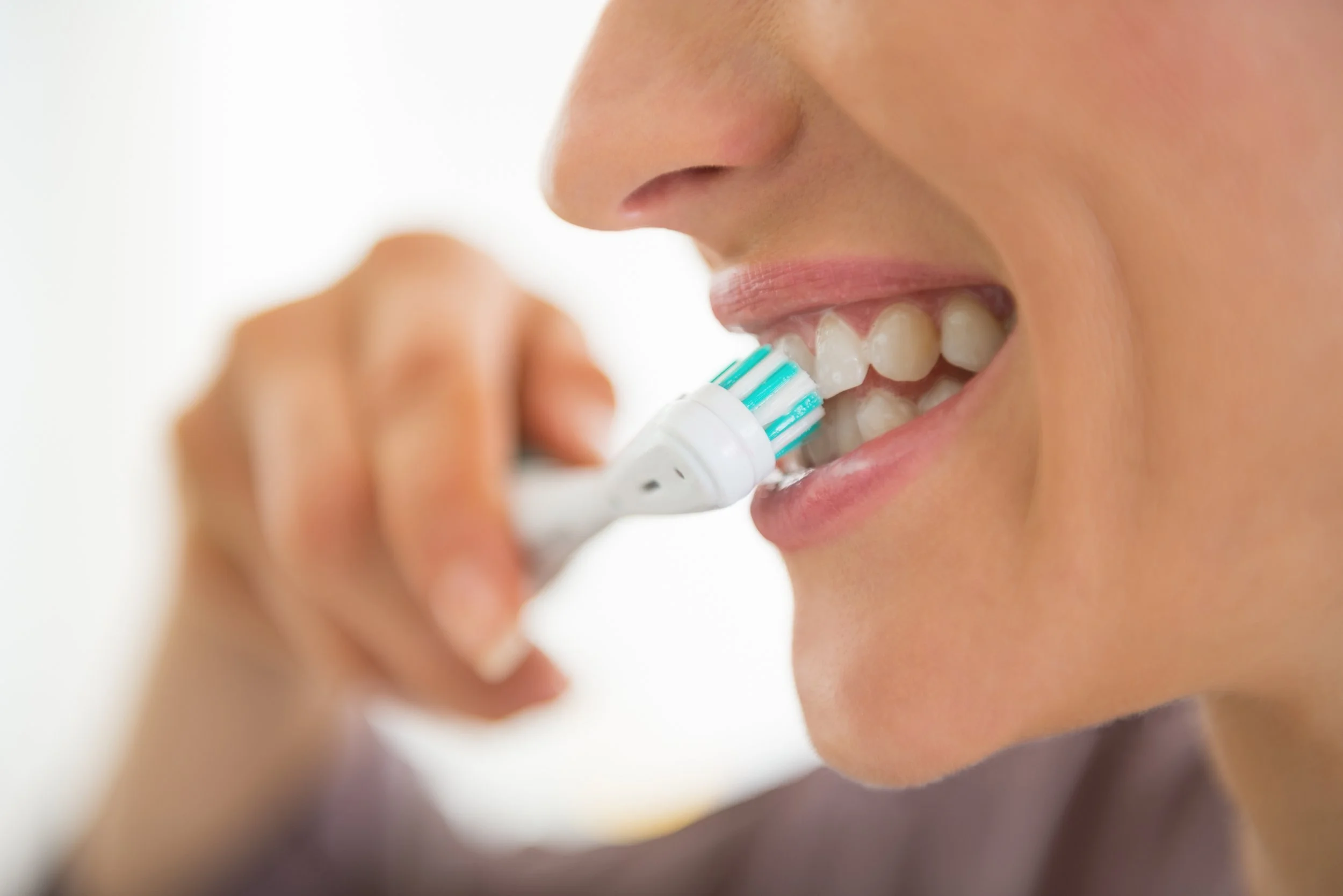You’re enjoying a delicious handful of sugar-coated peanuts…actually, a second handful that you almost passed up. You bite down and hear a loud crunch, which just didn’t seem right. Your tongue makes a pulse-spiking discovery: A significant chunk of your upper left molar fractured, and the piece has already disappeared into the abyss.
While panic threatens to ruin your day, the chances are high that your broken tooth will continue functioning for years. Teeth, the hardest substance in our bodies, undergo a tremendous amount of stress every day. This rigid, crystal structure often develops small cracks, especially if filled with metal years ago. Thousands of chewing cycles combine with rapid changes in temperature from food and drink. The constant stress creates expanding micro-fractures that weaken the tooth.
Bound To Happen
It’s easy to blame the peanuts, but they’re just the final straw. While some teeth fracture from a single traumatic event, cumulative stress usually leads to compromised enamel. A soft peanut butter sandwich may even be the culprit if a tooth reaches the breaking point. Even so, most broken teeth don’t need removal, and most of them don’t need a root canal either. A broken tooth may first feel cold sensitive and sharp to the tongue. But healthy function is often just an appointment or two away.
Dr. Samsavar can assess the extent of the damage and the integrity of the remaining tooth. When we consider the options to preserve even one broken tooth, we use a conservative philosophy in our approach. Modern dental materials allow us to return teeth to full strength easier than ever before.
Should I Fix It?
Leaving a broken tooth untreated is an option, but not without serious risk. Ultimately, the danger of losing the tooth runs much higher than if you commit to preserving it. More of the tooth may break away or a cavity may form in the exposed area. Every traumatic event a tooth experiences puts more strain on the fragile nerve inside, making an abscess more likely.
While fractured teeth may need to be fully “capped” with a dental crown, onlays repair many smaller fractures and bring them back to health. A crown requires a little more tooth preparation, while onlays allow the unbroken portions of a tooth to remain uncut. A custom piece of porcelain, like a partial crown, bonds into the damaged area. In this way, it “lays on” the damaged areas while leaving the rest of the tooth intact.
Onlays blend seamlessly with the natural enamel and enhance both function and appearance. When the most conservative option fits your treatment plan, Dr. Samsavar may suggest an onlay for ultimate restoration. And you’ll be grabbing a handful of peanuts again before you know it!














